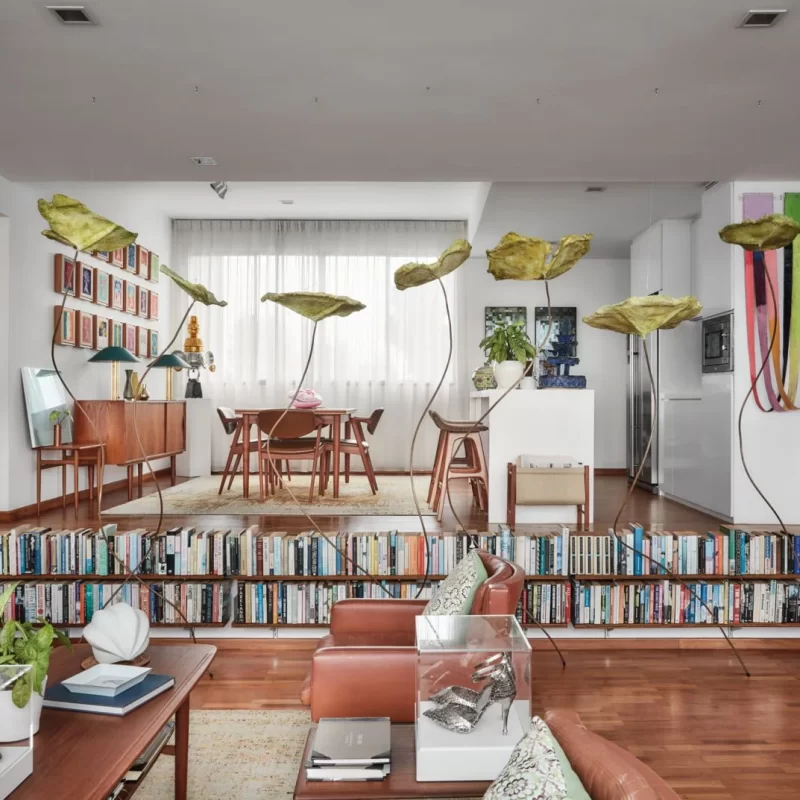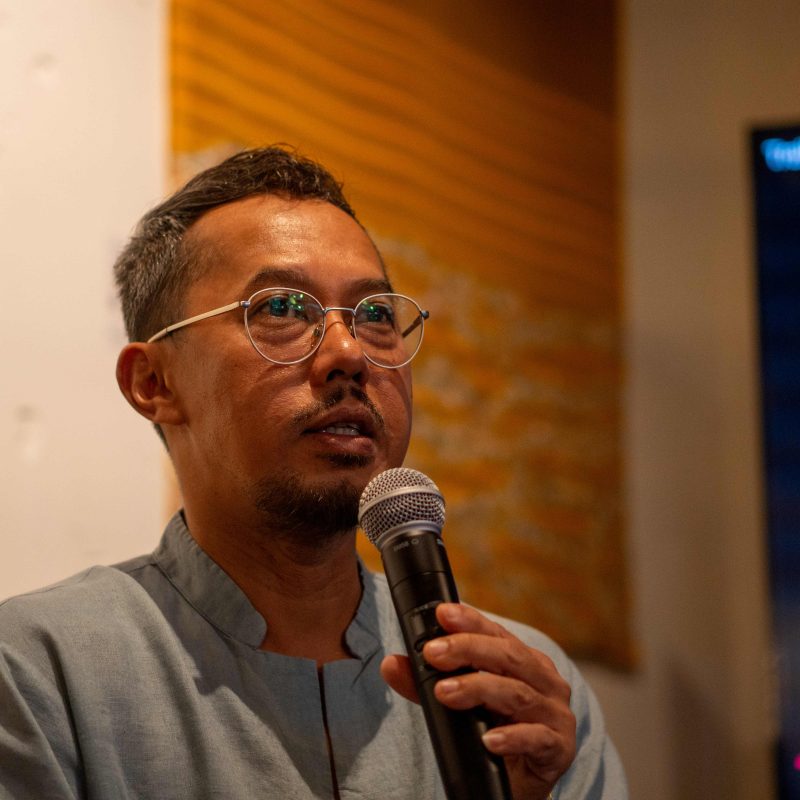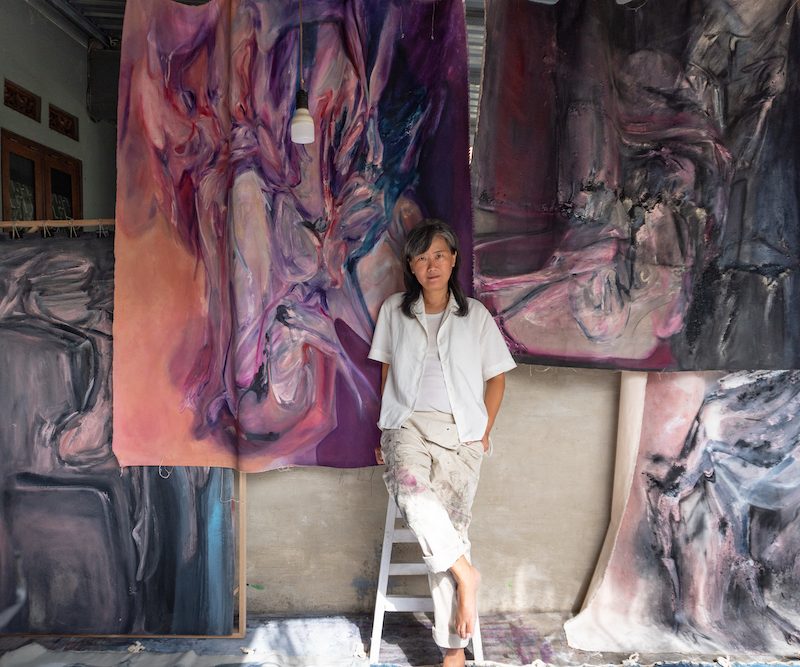As our partnering non-profit for our August instalment of The Tetrad, we speak to Gwen Lee, the Director and Co-founder of DECK — an independent art space for photographers in Singapore. Here, Gwen shares her thoughts about the future of DECK and the evolving local contemporary photography scene.
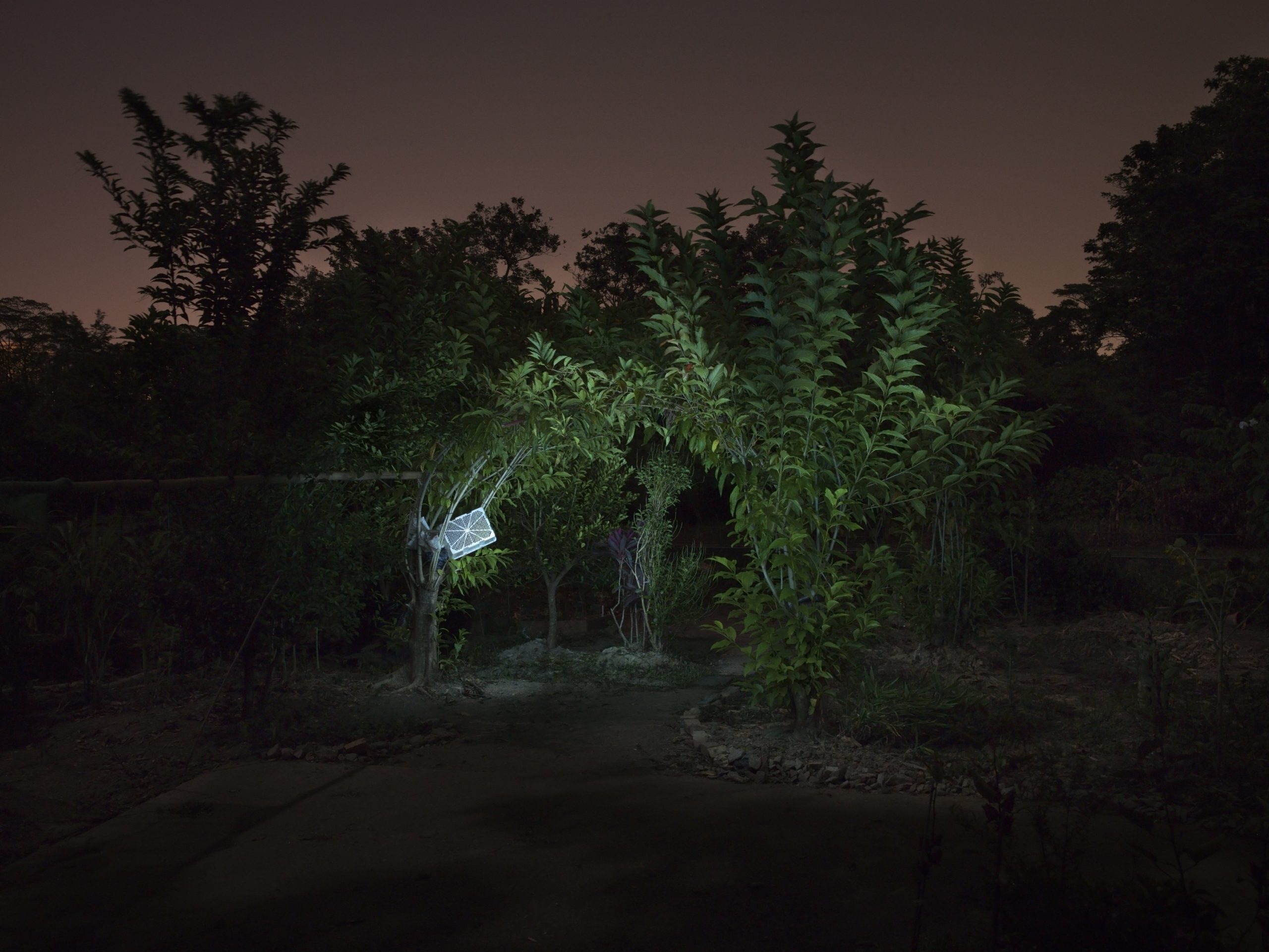
Marvin Tang, ‘Stateland’. Image courtesy the artist.
1. Can you firstly share a little bit about your role as artistic director for DECK? What does that entail?
A small arts organisation like DECK requires a balance of both creativity and leadership to carry forth strategic thrusts for both short and long-term programmes and to attain the various milestones at the different stages of the organisation’s growth.
As DECK continues to grow in size with a new building in 2023 and new international programmes, my role has expanded with greater responsibilities: overseeing the governance of a non-profit organisation and actively engaging our board members’ support so that we remain sustainable and relevant to the community.

Ang Song Nian, ‘Hanging Heavy on My Eyes’. Image courtesy the artist.
2. DECK’s ongoing mission is the development and promotion of literacy in the photographic arts. How has DECK situated itself within Singapore and Southeast Asia’s overall art ecosystem so far? What are your plans for the future, once DECK rejuvenates into a permanent space?
The desire to present Singaporean talents to the world, and to bring the world to a Singaporean audience, has been there since 2008 with our biennale platform, the Singapore International Photography Festival. Over the years, DECK’s photographic offerings have allowed us to build a strong following in Singapore and the region. Many of our audiences and artists have grown with us from our early beginnings as an independent platform to DECK as an institution. DECK has held residencies, showcases for emerging artists, and overseas cultural exchanges. We have also launched a photobook library (the biggest of its kind in Southeast Asia) and regularly hold educational programmes. By the end of 2021, our research materials will be opened as an e-resource for educators.
The permanent DECK embraces the future possibilities of photography, and the myriad artistic expressions stemming from this dynamic medium. The permanent building consists of a media-ready gallery presenting the expanded forms of photography. The expanded space also means larger capacity for more explorations which were previously not possible with our container structures. The library which houses the photobook collection will have a seating space for both readers and researchers, and function as space for dialogues. The permanent DECK will also incorporate a corridor walkway which will be open to the wider community, encouraging art encounters as part of everyday life.
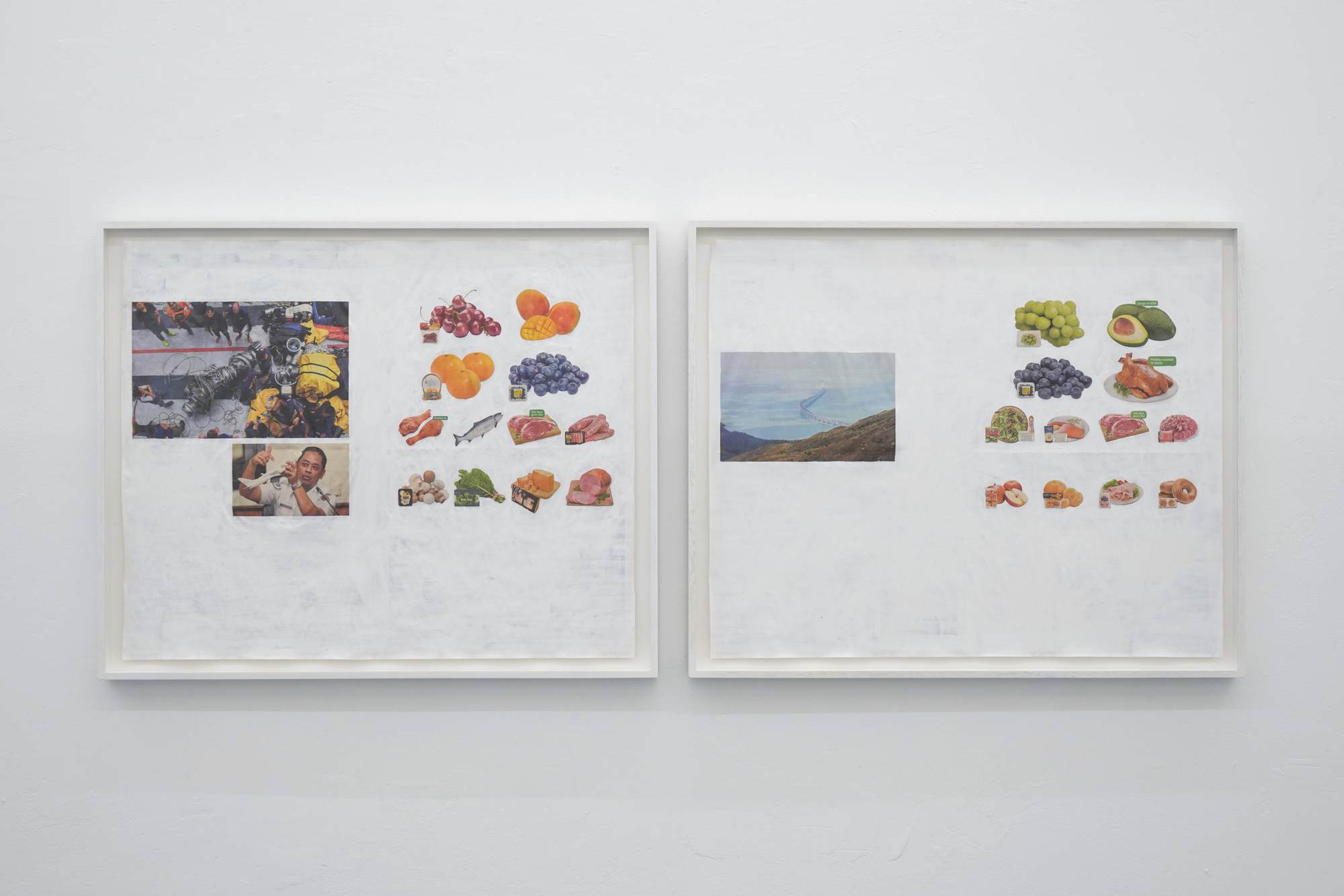
Lai Yu Tong, ‘Newspaper Painting’. Image courtesy the artist.
3. A portion of the fees from our August 2021 Tetrad will be donated to DECK. Can you tell us how DECK engages its patrons and collectors?
DECK’s patrons and collectors are individuals and foundations that have similar values and interest in the photographic arts and image-based contemporary arts. Most of them are active participants in DECK’s programmes, have witnessed our growth, and grown with us from donors to patrons. They are invited to DECK exhibition openings, meals and studio visits with our artists, contribute their expertise and time towards meaningful projects, and often engage in dialogue with DECK regarding the photographic arts.

Jonathan Liu, ‘Land Marks’. Image courtesy the artist.
4. Since 2008, you have curated and organised close to 25 photography exhibitions both in Singapore and overseas. In addition to that, you have also participated as a jury and portfolio reviewer in Asia and Europe. Could you talk about how you see photography in Singapore, and how it is situated both regionally and globally?
Singapore has a very rich history of photographic culture and a distinct contemporary photographic voice that wrestles with both local and international contexts. It also runs parallel to the global advancement of digital technology, and has been spurred by the rise of contemporary art in the country from the late 1990s. Subsequently, current local photographic and image-based works are developed and commonly found within the arena of contemporary arts.
However, there are many other periods and movements in Singapore’s history that have remained relatively untapped and require more research to uncover. These include the active period between the 70s to the early 90s, during which the Cultural Medallion was bestowed upon many photographers, and the late 19th to early 20th century, from which a record of numerous photography studios points to the vibrant presence of photography in daily life.
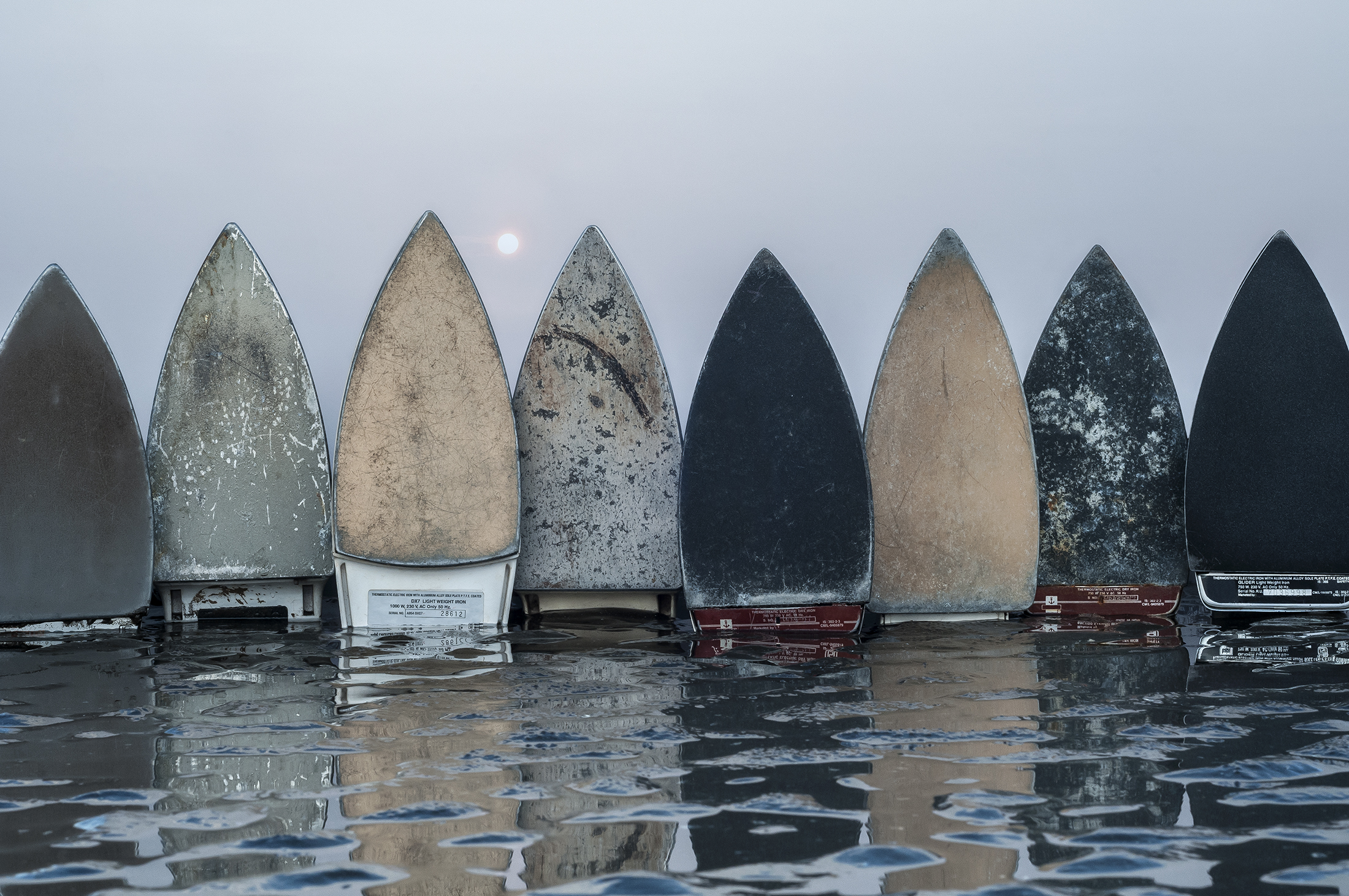
Sameer Tawde, ‘Dialogues of an Introvert’. Image courtesy the artist.
5. On that note, can you name several contemporary photographers that we should look out for?
From Singapore, I would like to highlight works of Ang Song Nian, Robert Zhao Renhui, Marvin Tang, Liang Yang, Geraldine Kang and Jonathan Liu. From Asia at large: Miti Ruangkritya (Thailand) Kamonlak Sukchai (Thailand), Yaya Sung (Indonesia), Lu Yufan (China) and Sameer Tawde (India).
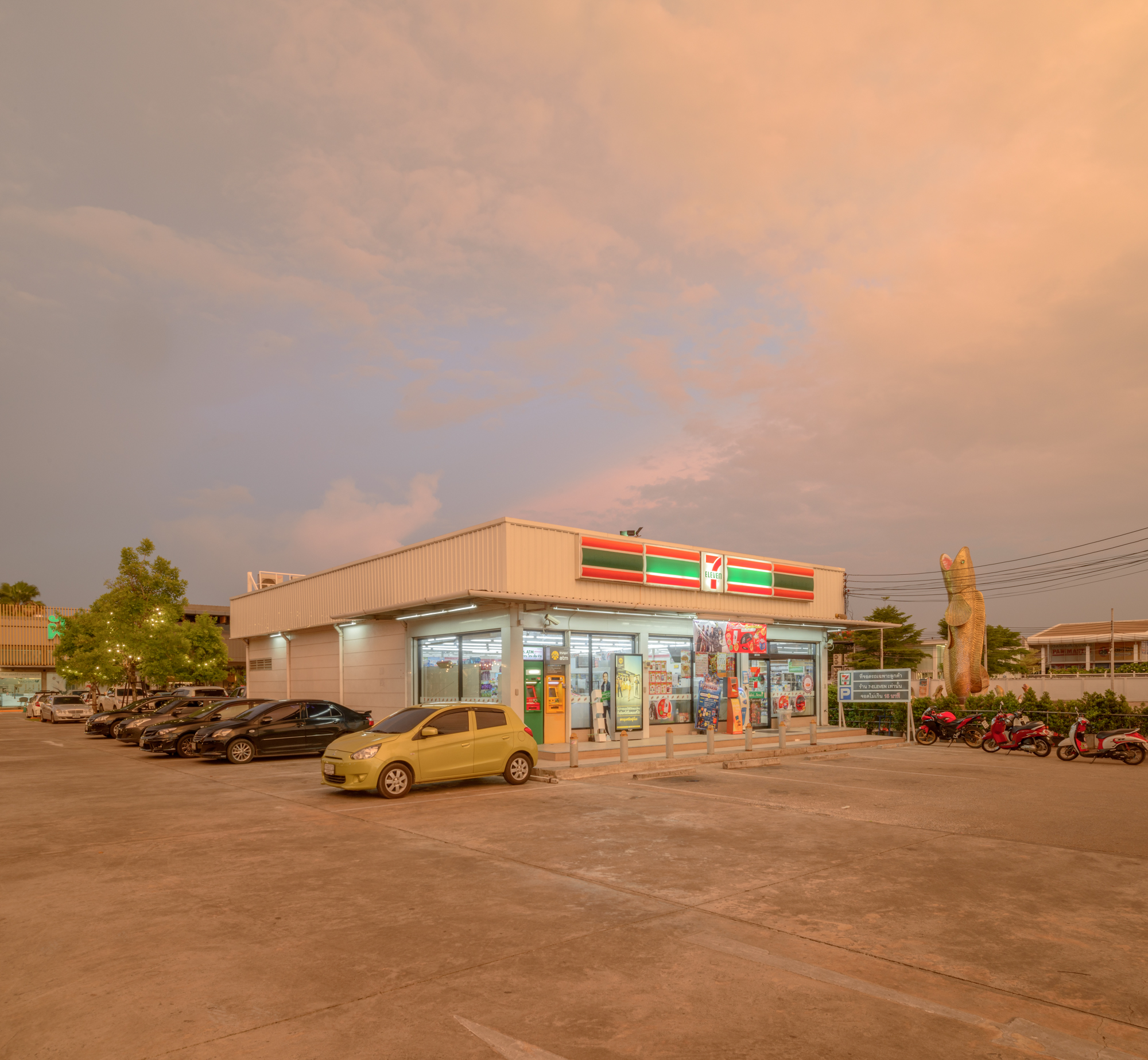
Miti Ruangkritya, ‘A Convenient Sunset’. Image courtesy the artist.






